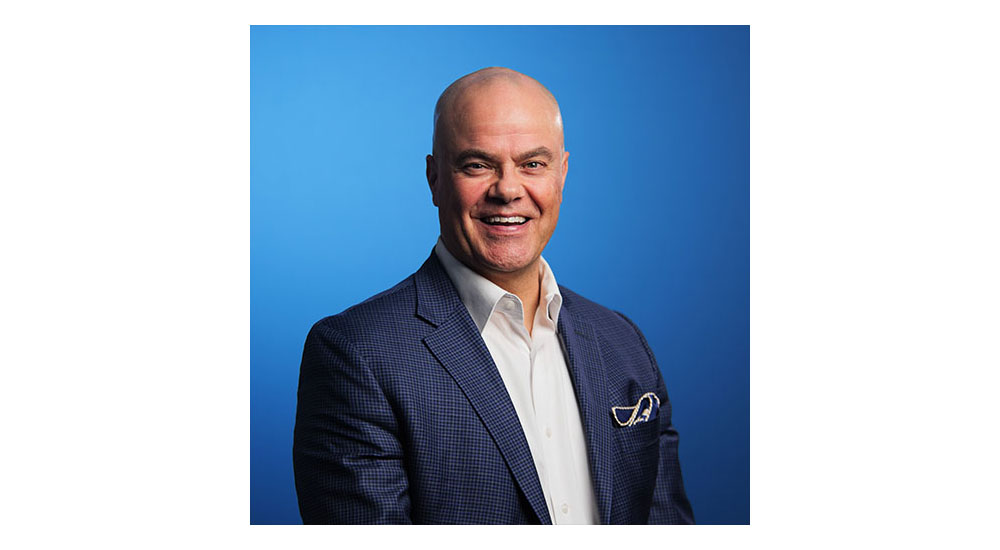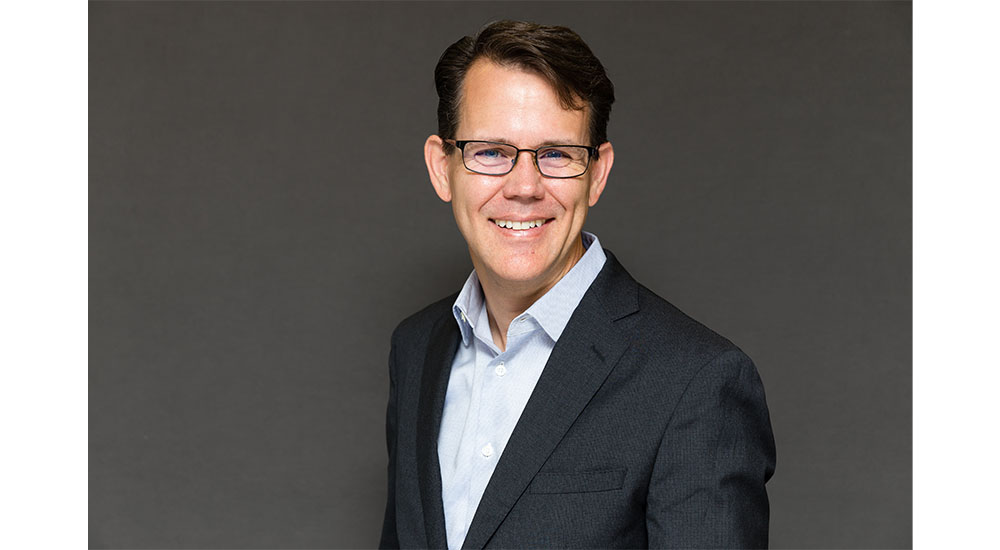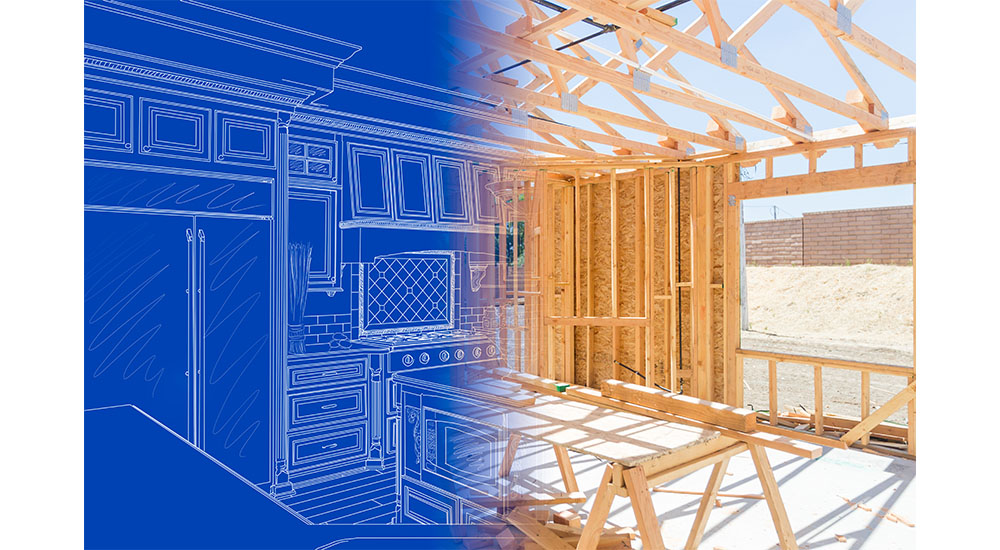2025 Kitchen & Bath Industry Outlook
After a sluggish few years, the outlook is positive for growth in the U.S. residential kitchen and bath industry for 2025. Remodeling may outpace new construction, as many existing homeowners are not moving for a variety of reasons, including higher interest rates and the desire to age in place in their own residences.
According to a recent National Association of Home Builders/Westlake Royal Remodeling Market Index that measures current market conditions and future indicators, the level was 63. Robert Dietz, NAHB’s SVP & chief economist, says anything above 50 is an indication of positive conditions regarding the industry outlook.

“The remodeling market 15 years ago made up about 30% of residential construction activity. Today, it’s closer to 40%. We’ve seen this pickup representing a larger share of overall residential construction activity, and I think that will continue over the next decade.”—Robert Dietz, NAHB SVP & Chief Economist
The aging housing stock also plays a role in the remodeling outlook – as many of those homes need renovations – as does the $30 trillion in home equity for existing homeowners.
“Our analysis shows that homeowners living in mid-range homes (typically valued in the $400K-700K range) are the most likely to tap home equity,” said Bill Darcy, the National Kitchen & Bath Association’s global president and CEO. “These homeowners thus are more interest rate sensitive than other household segments. Lower short-term borrowing costs are a key catalyst to watch for this group next year.”
View from the Ground Up
For new construction, Dietz says builders are cautiously optimistic, and the NAHB expects a 1% gain in 2025 for single-family starts. Final data for 2024 reported that multi-apartment construction was down 27%, but this may stabilize toward the end of 2025.

“Interestingly, new single-family homes being built today are smaller than they have been at any time since 2011. This will likely support – and contribute to – the growing trend of households opting to stay in place as they get older.” —Bill Darcy, NKBA Global President & CEO Photo: NKBA
“In 2023, new construction spending on kitchen and bath products outpaced the remodeling end market,” said Darcy. “We expect this to reverse in 2025. Elevated builder standing inventory levels, greater resale supply and higher-for-longer mortgage rates are headwinds for kitchen and bath new construction spending.”
The number of recent inclement weather-related events is also influencing a decrease in new residential construction. According to Aaron Enfinger, president of the National Association of the Remodeling Industry, building material and labor resources that may have been used to build new homes are being redirected to restoring homes that have been damaged during these natural disasters. For homeowners, homebuyers and owners of rental properties, Dietz says insurance premiums are more than likely going to continue to increase over the next few years.
The Take on Tariffs
Building material prices have escalated since the pandemic, including lumber at a 10% increase. The outlook is an increase in demand for lumber in 2025, which means lumber prices will continue to go up.
“In recent NKBA surveys, kitchen and bath firms have cited the rise in building materials costs as the third-largest constraint to their growth prospects, following consumer uncertainty and skilled labor availability,” said Darcy.
President Trump has mentioned a 25% tariff on all goods coming into the U.S., which could mean even higher prices on residential building and remodeling materials, 7% of which are imported from three top sources: Canada, China and Mexico.
“If that 25% is levied on top of the existing 14% effective duty rate, we are looking at almost a 40% combined tariff rate on Canadian softwood lumber,” said Dietz. “Builders should be looking for alternative sources and ensure their supply chains are in good shape.”
According to Darcy, many experts believe that tariffs and changes to immigration policy, among other issues, could further increase the cost of kitchen and bath materials and labor.
Generation Prominence
According to Dietz, Gen X members compile most of the new construction homebuyers because they are at the peak of their earning years, and they have already owned at least one home. In terms of growth in owners remodeling current homes or purchasing their first home, look to the largest generation: millennials.

“Potential first-time homebuyers are tentative, and many are priced out of the market since interest rates have not come down.”—Ed Brady, President & CEO of the Home Builders Institute Photo: HBI
“Millennials are entering a sweet spot for remodeling and helping lift demand for new homes,” said Darcy. “These households are moving into a phase of life where they more fully establish themselves as property owners and/or begin to have more capacity to finance discretionary upgrades. While Boomers and Gen X will still contribute to the industry’s overall growth, their average spending on renovations will be lower.”
According to David Euscher, chair of the national board of directors for the American Society of Interior Designers, younger generations like Gen Z have a resistance to owning; it’s hard to get them into a new home and out of a rental. For some young professional couples and young families buying their first home, they are choosing older neighborhoods where they can get a better value on a property they can fix up and stay in.
An Unsettled Skilled Labor Issue
The federal government estimates about 300,000 unfilled jobs in the construction industry, which Darcy says translates to employment prospects across the board in the kitchen and bath industry. Ed Brady, president and CEO of the Home Builders Institute, says 70% of those empty jobs are skilled labor positions. Although there are not as many people retiring out the industry, there are still more leaving it than coming in.
Brady and the HBI are working with Capitol Hill to support pre-apprenticeship training, but because a lot of those funds are filtered through the states, they are also working at the local level to provide such things as grants to HBI’s trades training academies nationwide. The HBI is targeting 400+ students with its Pre-Apprenticeship Certificate Training curriculum and hoping to connect fifth and sixth graders with the skilled trades through a STEM learning approach.
“We also need to tap resources like more women in the trades, and the states need to invest in training those in corrections programs with marketable skills,” said Brady.
NARI and the NAHB have pooled their efforts at the grassroots level in those communities where they both have chapters. The “Build My Future” program, which is supported by the National Housing Endowment and the NAHB, is an event that enlightens schools about the construction industry. Enfinger said the recent “Build My Future” event in Topeka, Kan., welcomed thousands of students to expose them to opportunities within the trades.
“The skilled labor shortage is without a doubt one of the industry’s most pressing challenges, and the unfortunate consensus is that it’s gotten sharply worse in recent years,” said Darcy. “The NKBA is more committed than ever to developing and advancing solutions to the skilled labor shortage, and it’s clear it will need to be an “all-hands-on-deck” effort. We look forward to working with partners throughout the industry and beyond – from individual firms to NKBA chapters to the public sector – so stay tuned for more to come from us.”
Uncertainty Over Immigration
The NAHB has estimated that the construction industry needs to add about 720,000 workers annually on a gross basis to make up for those who are leaving. Dietz says that equals 2,000,000+ hires that need to take place over the next three years to keep up. He also addressed the important question regarding the immigration policy.

“Working in the trades is not a vocational consolation prize. It’s a great opportunity – especially if you’re entrepreneurially minded. You can build your own future in any way you see fit; the sky is the limit.” —Aaron Enfinger, NARI President Photo: Marshall Skinner
“A lot of economists are already estimating that we could see the number of immigrants coming into the country – which was about 3,000,000 in 2024 – fall to about 500,000 this year,” said Dietz. “We have estimated that a third of our construction trades are non-native born – documented or non-documented. We don’t have a good sense of what a mass deportation might mean, but at a large scale it would increase the number of unfilled construction jobs and make the skilled labor shortage that much worse.”
According to Enfinger, the skilled labor shortage needs to be solved at the federal policy level. He said one way to address this would be to enforce immigration changes that would allow people to more easily come to the U.S. with work visas.
“I know this is a hot-button issue, but there are people all over the world who would love to have the opportunity to work in this country,” added Enfinger.
The Influx of Artificial Intelligence
When people in our industry hear the term “AI,” it is with a mixture of curiosity, hopefulness and apprehension. It will affect various segments in different ways – both positive and negative.
“AI will cause some disruption; some office jobs, for example, will not exist in five to 10 years,” said Dietz. “But it is going to make construction workers more productive, and wage growth will accelerate because of those expected gains in productivity.”
For design professionals, AI can simplify the process and save time creating drawings and choosing materials. But AI does not have the ability to take over the human aspect of interacting with homeowners and building a relationship. Euscher feels design pros will benefit from AI because tools have been developed to automate routine tasks, leaving them to focus on the more creative aspects of their business.
“If you think of it as augmented intelligence and not just artificial intelligence, it’s an additional tool for designers and lets them shift their attention to more important things,” he added.
What’s Trending for 2025
In terms of design, health and wellness, sustainability, smart technology and a resurgence of color top the list. Enfinger says smart technology is getting to the point where it’s no longer theoretical.
According to Darcy, the bathroom is evolving into a sanctuary of relaxation and rejuvenation, as the demand for spa-inspired features continues to grow in response to the stresses of modern life. Design elements in these spaces should require minimal upkeep.
Euscher noted that more younger homeowners are focused on minimizing their carbon footprint, so they are opting for things like beverage centers that provide chilled or sparkling water and minimize the need for bottled water.

“Uncertainty and hesitancy have held homeowners back on moving forward with projects, and this has impacted designers and contractors. I’m hopeful we can set aside our perceptions and be more open to moving forward confidently.”—David Euscher, ASID Chair of the National Board of Directors
When it comes to how people want to use their homes, entertainment spaces like outdoor kitchens and at-home bars are must-haves.
“Anything that facilitates a more robust entertainment space is going to be trending this year,” said Euscher. “A lot of homeowners live alone, but they still have the desire to gather in their spaces with friends and family.”
We are also seeing the need for aging- and living-in-place options like a roll-in shower instead of a tub and appliance controls that are easier to manipulate. Multigenerational living is also gaining traction in the U.S. and can also be seen as a solution to the housing shortage.
“Aging people have changing needs, and it is important we realize how much their environment can impact how well they do,” said Euscher. “We need to pay more attention to this as the population ages, and this presents a real opportunity for designers and manufacturers to make it easier for people to stay in their homes.”









